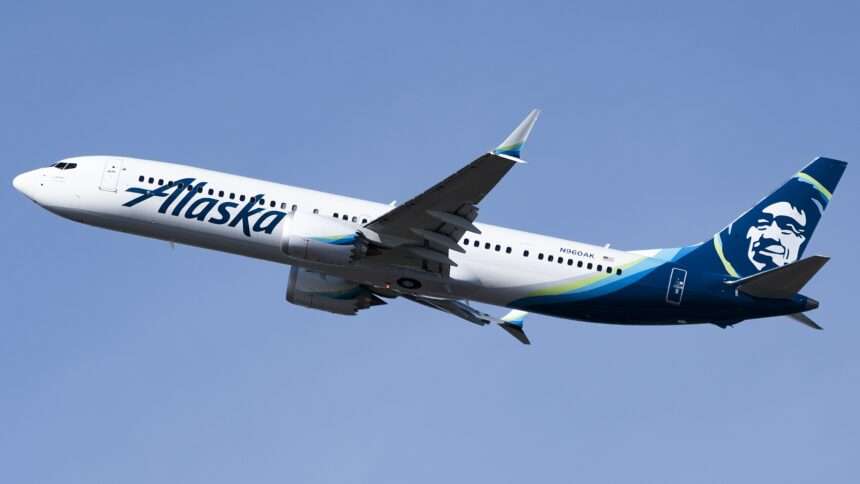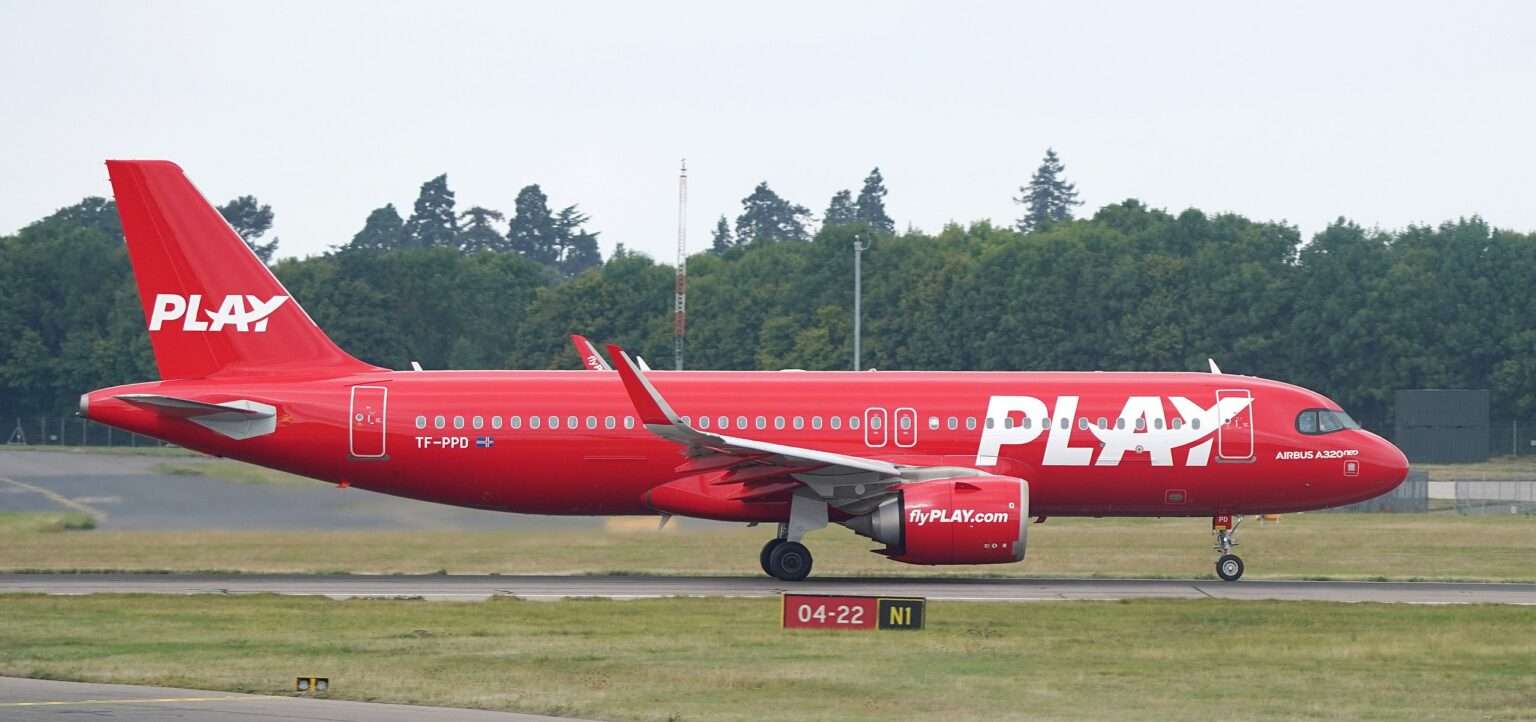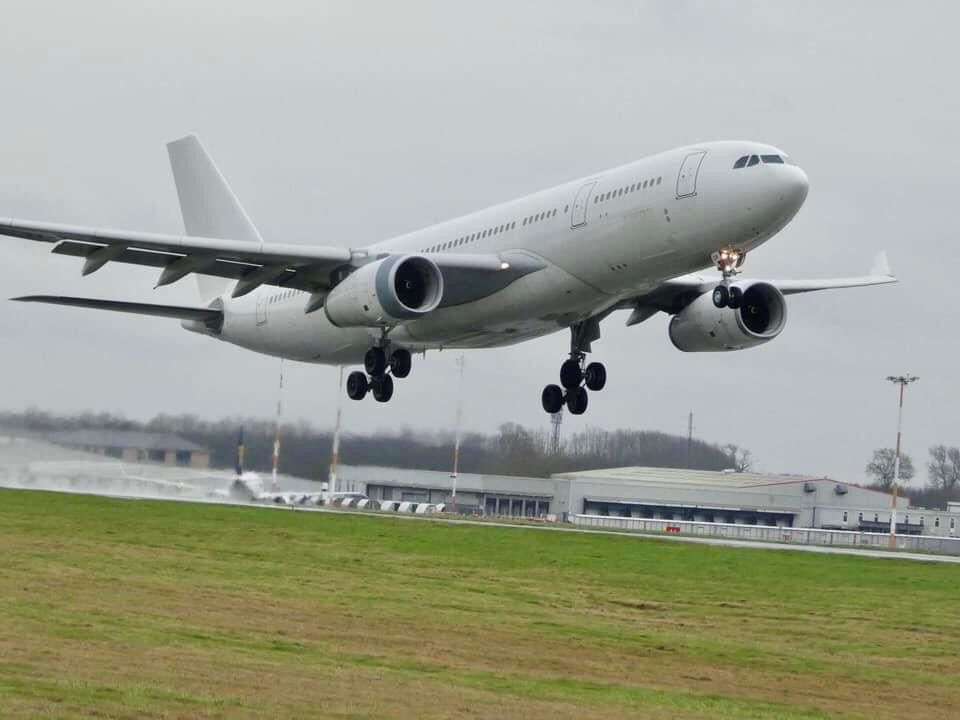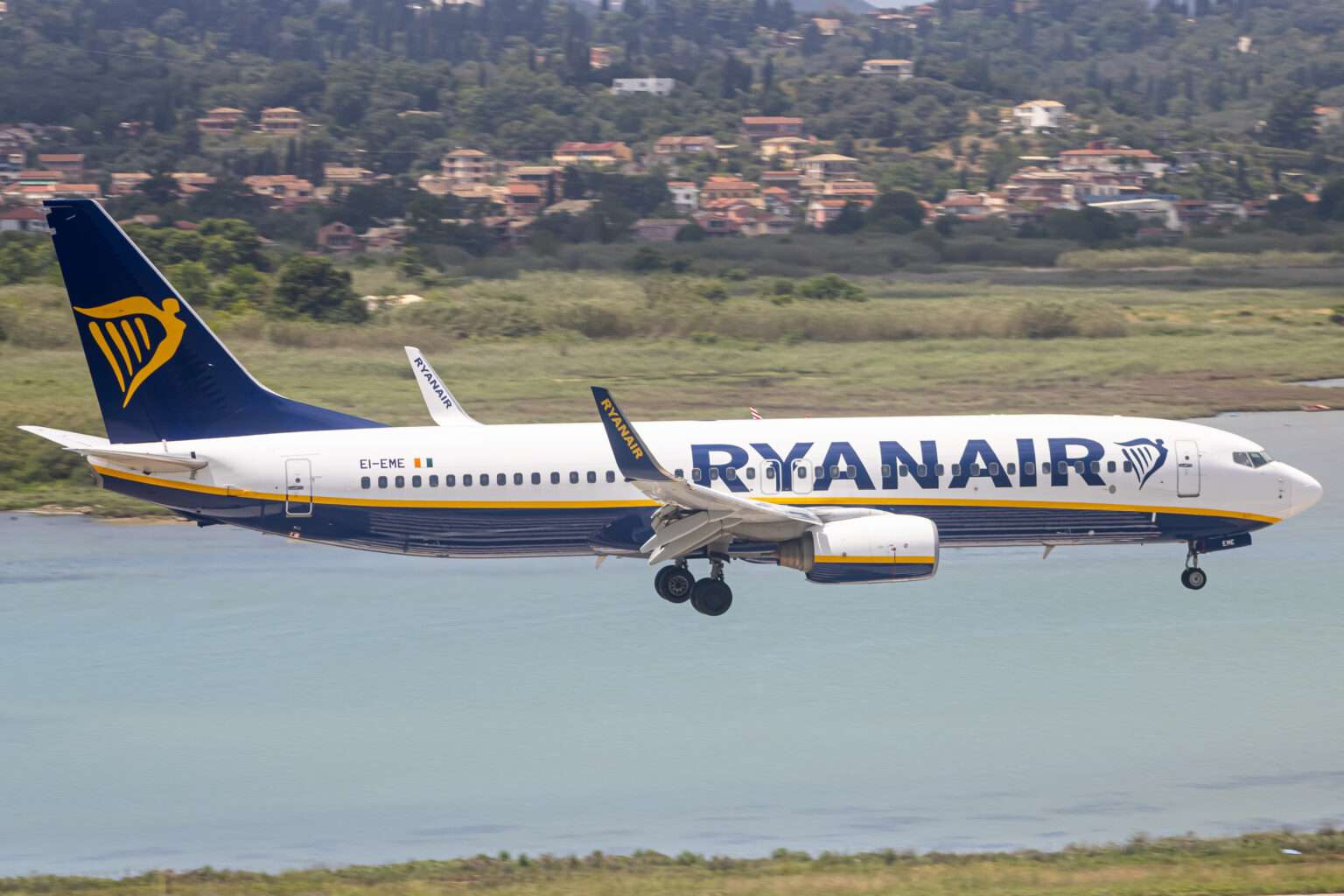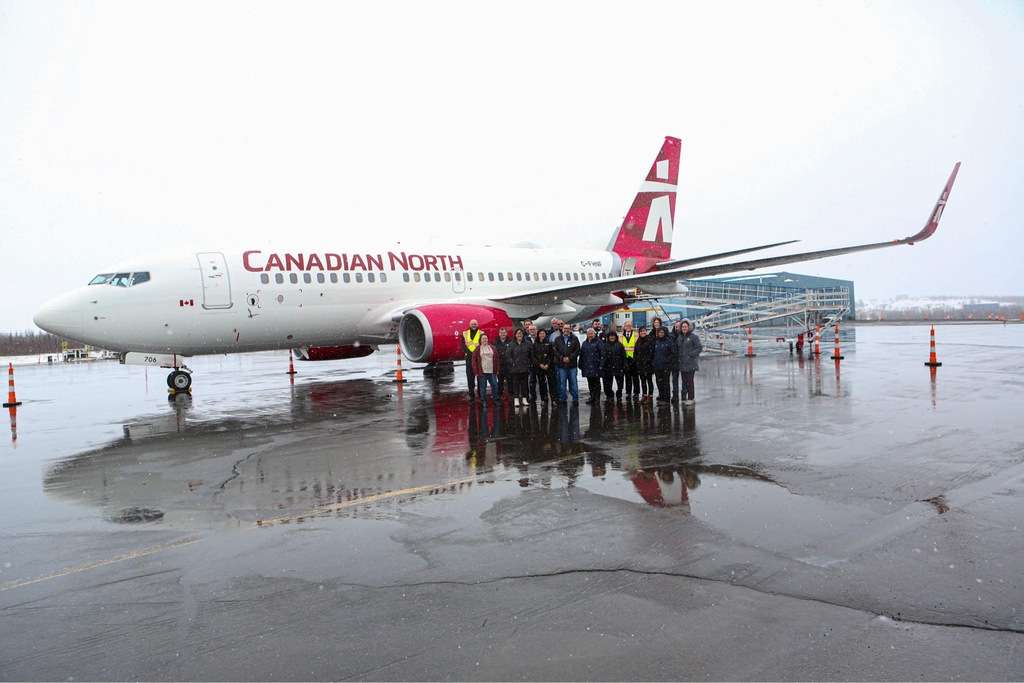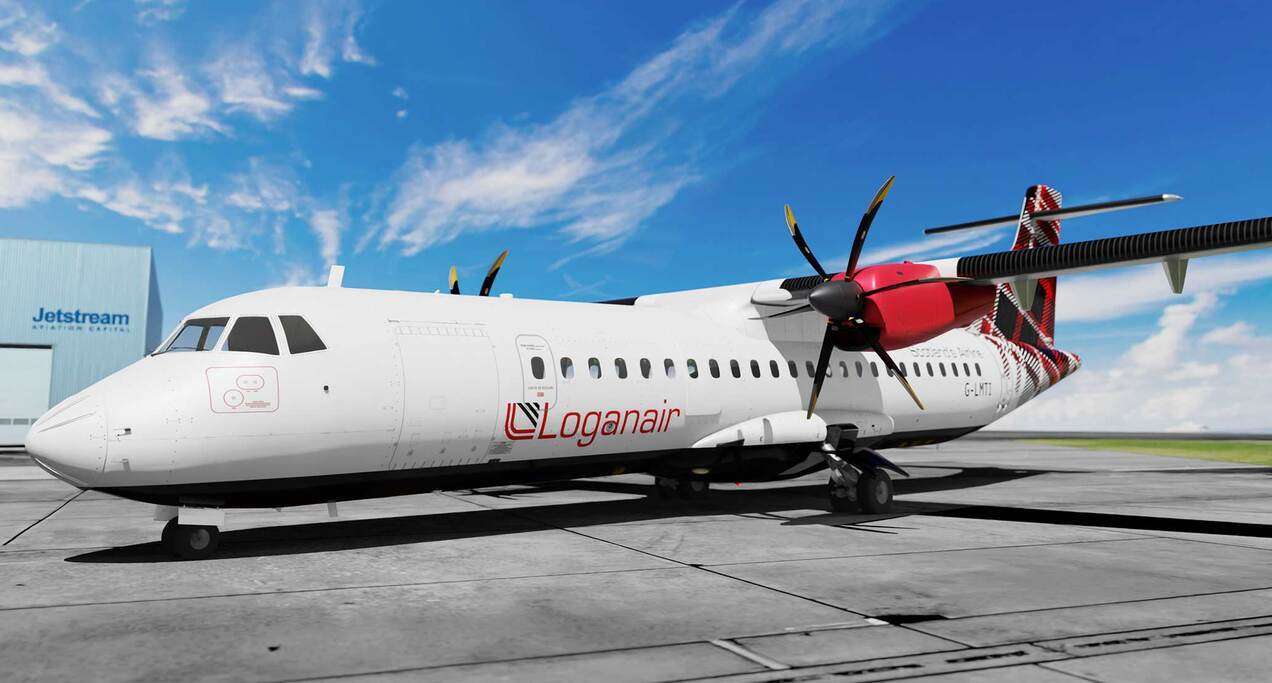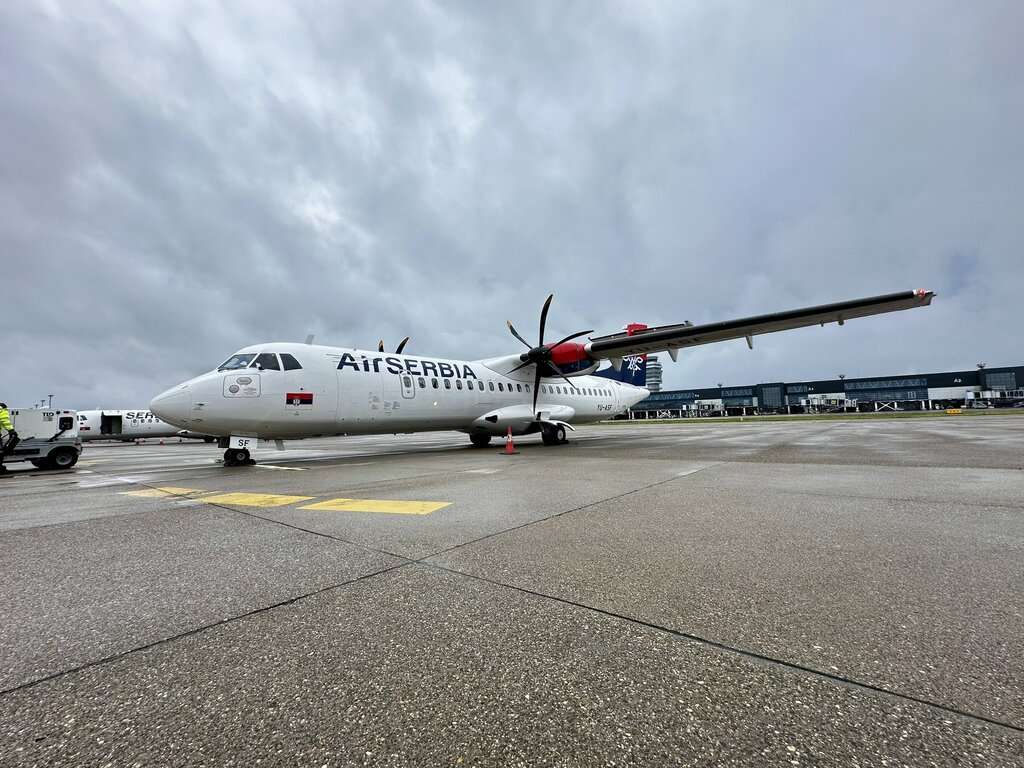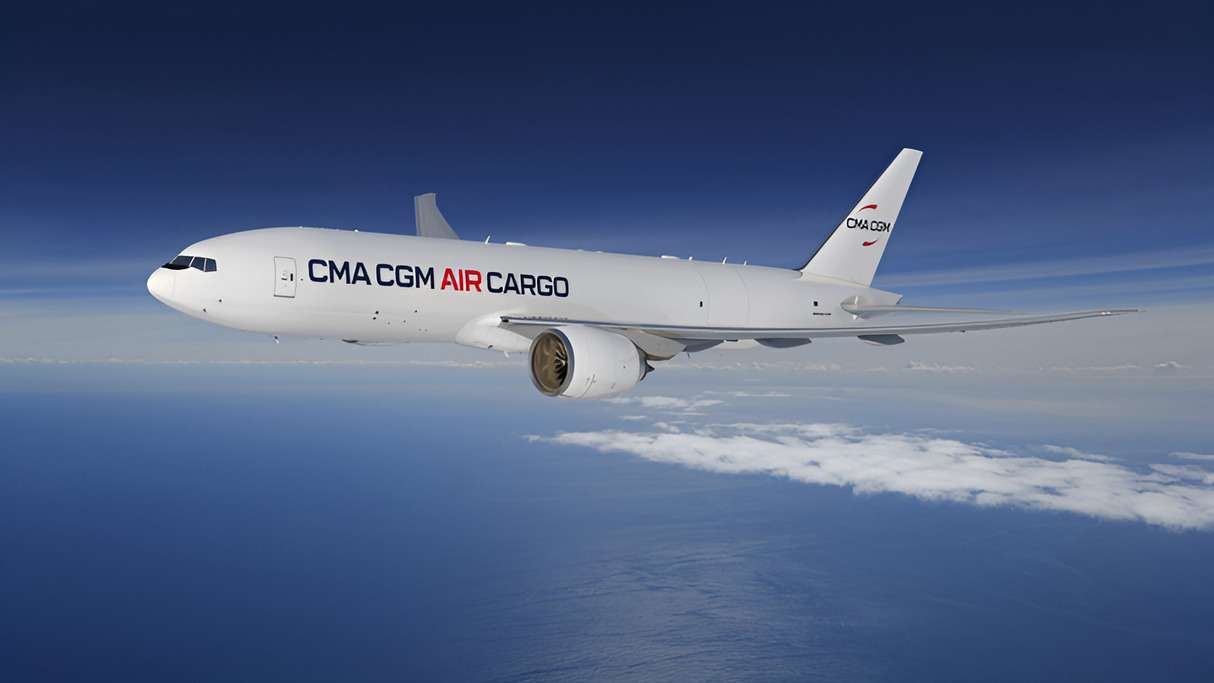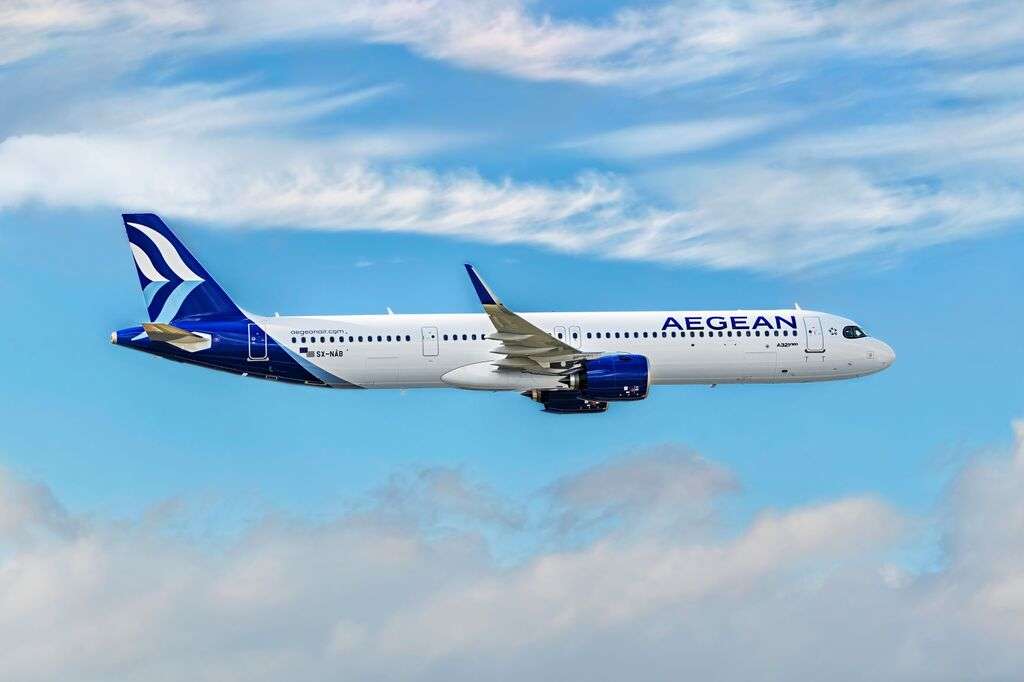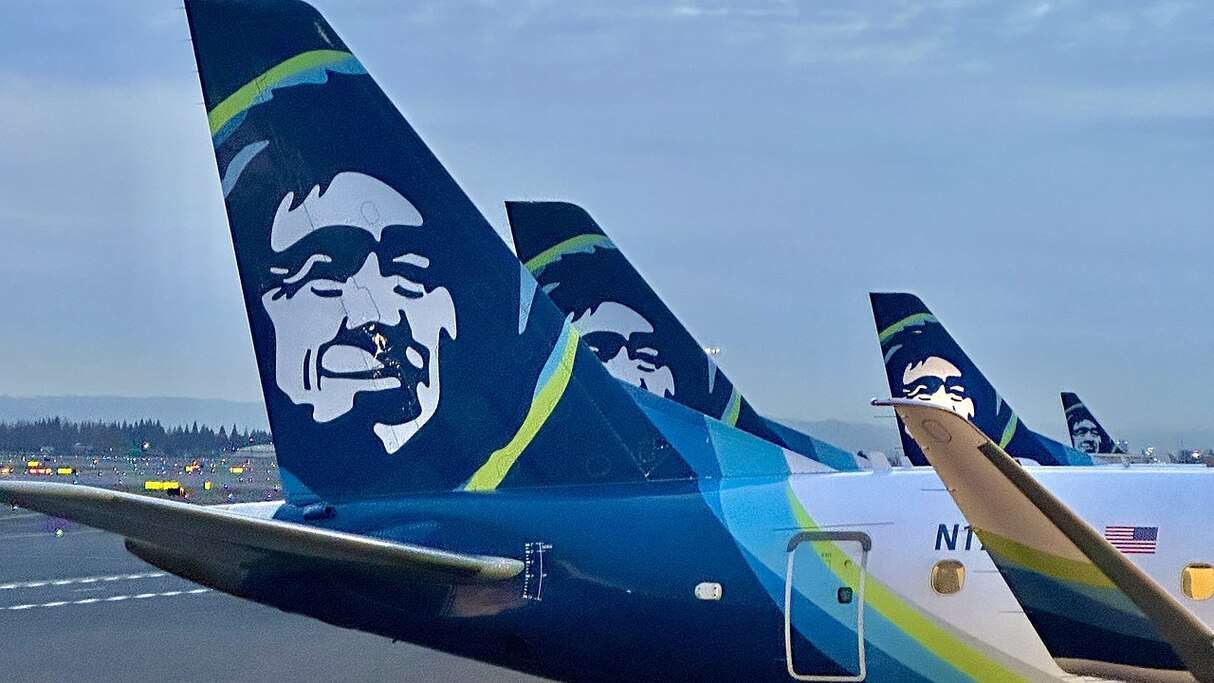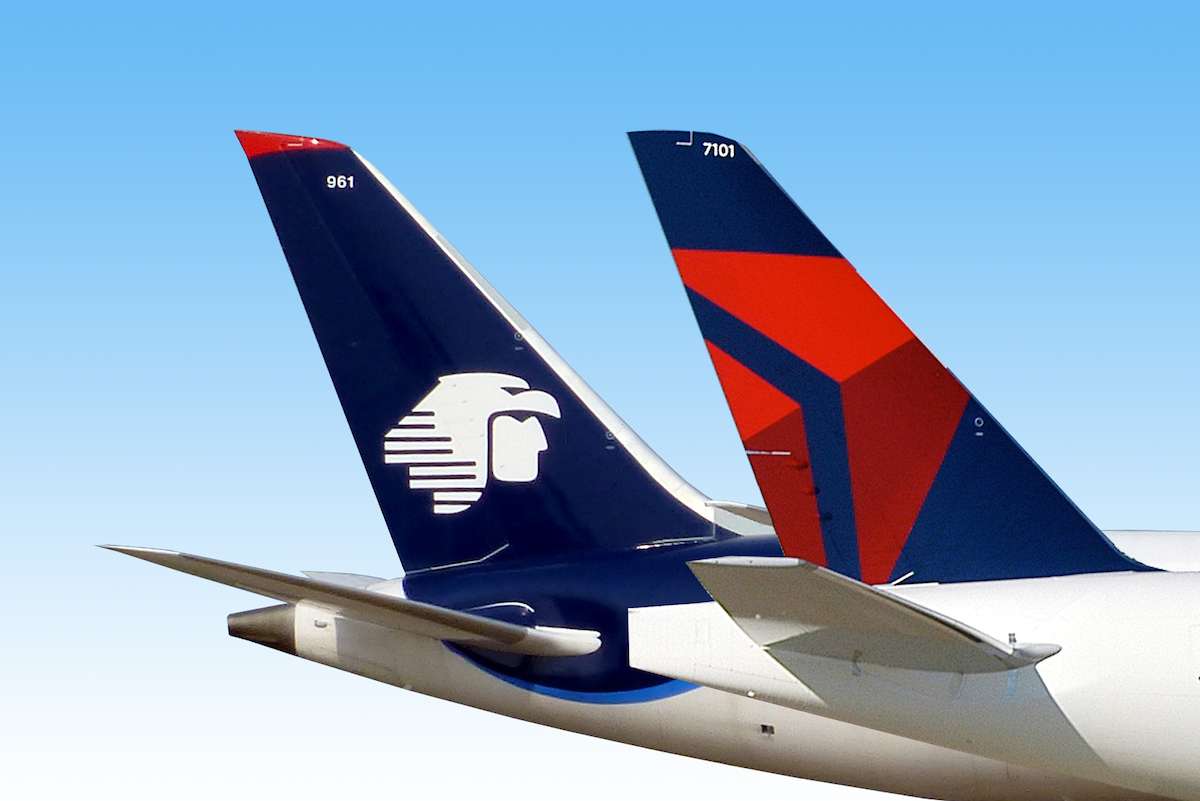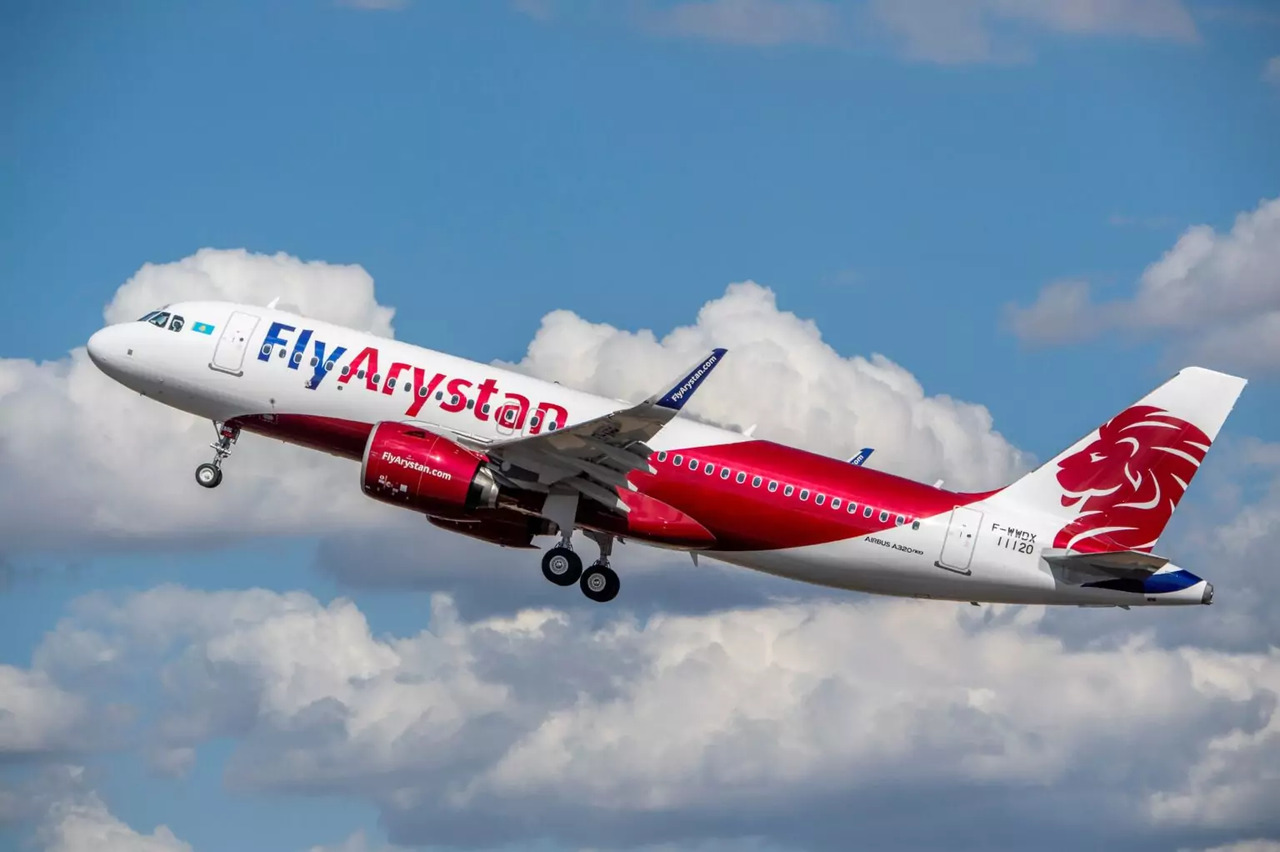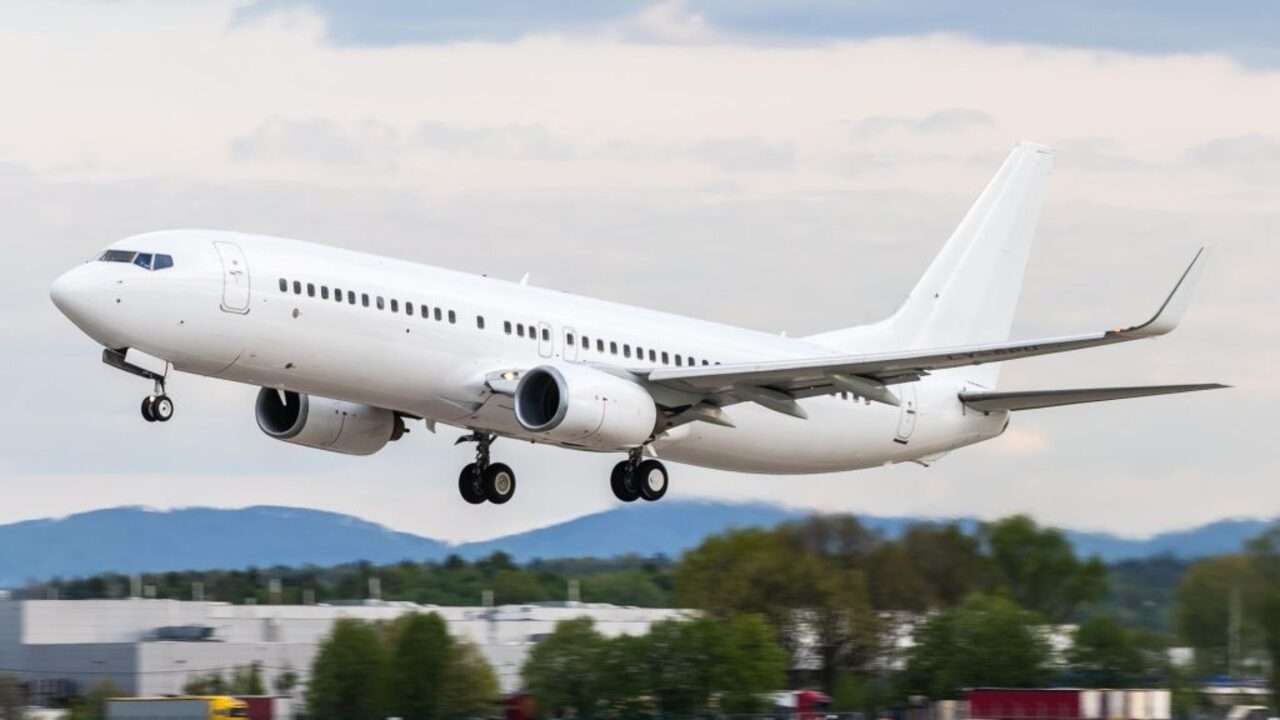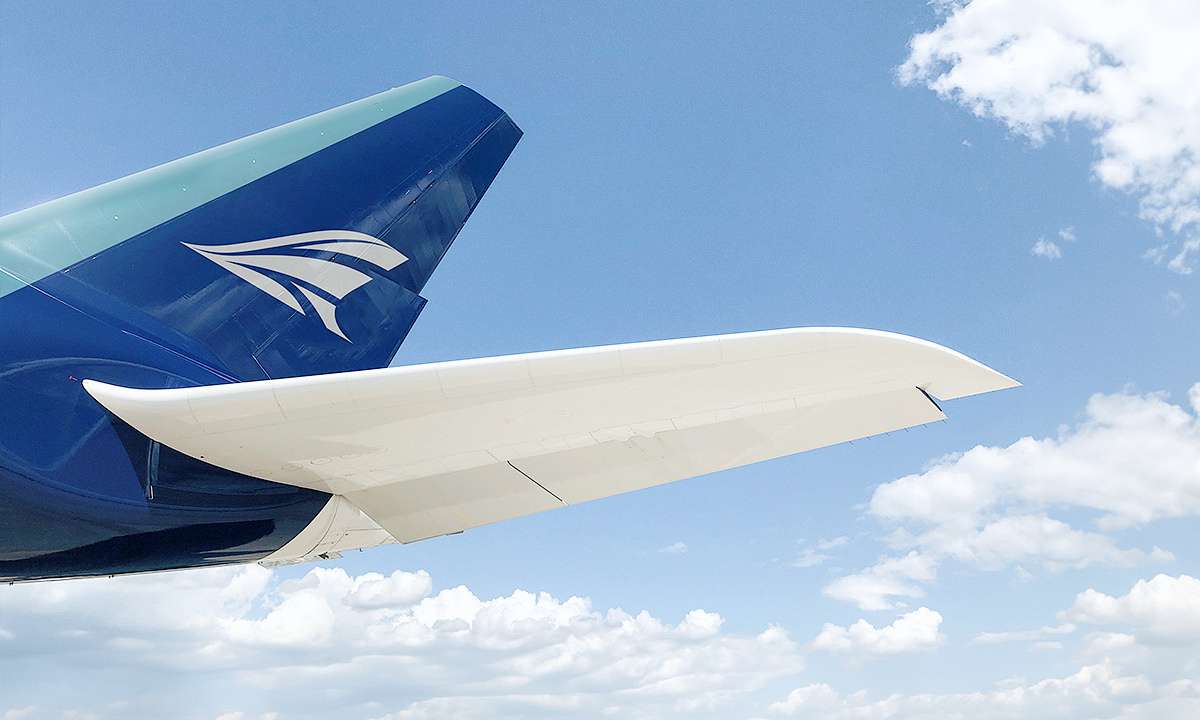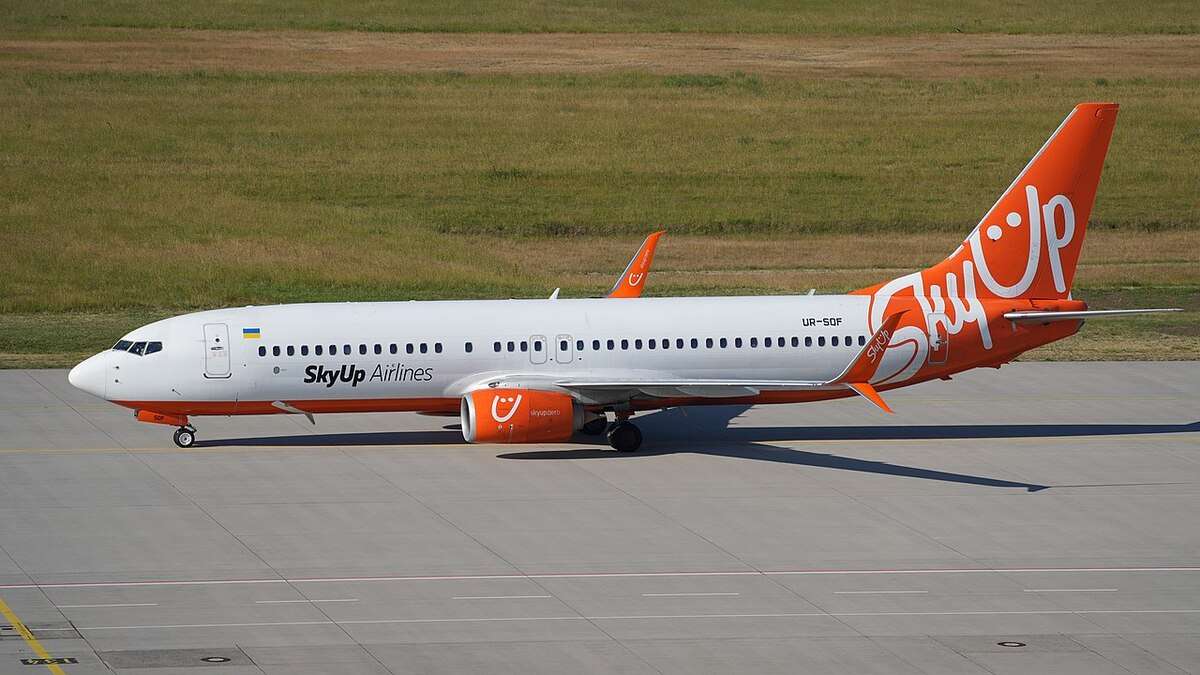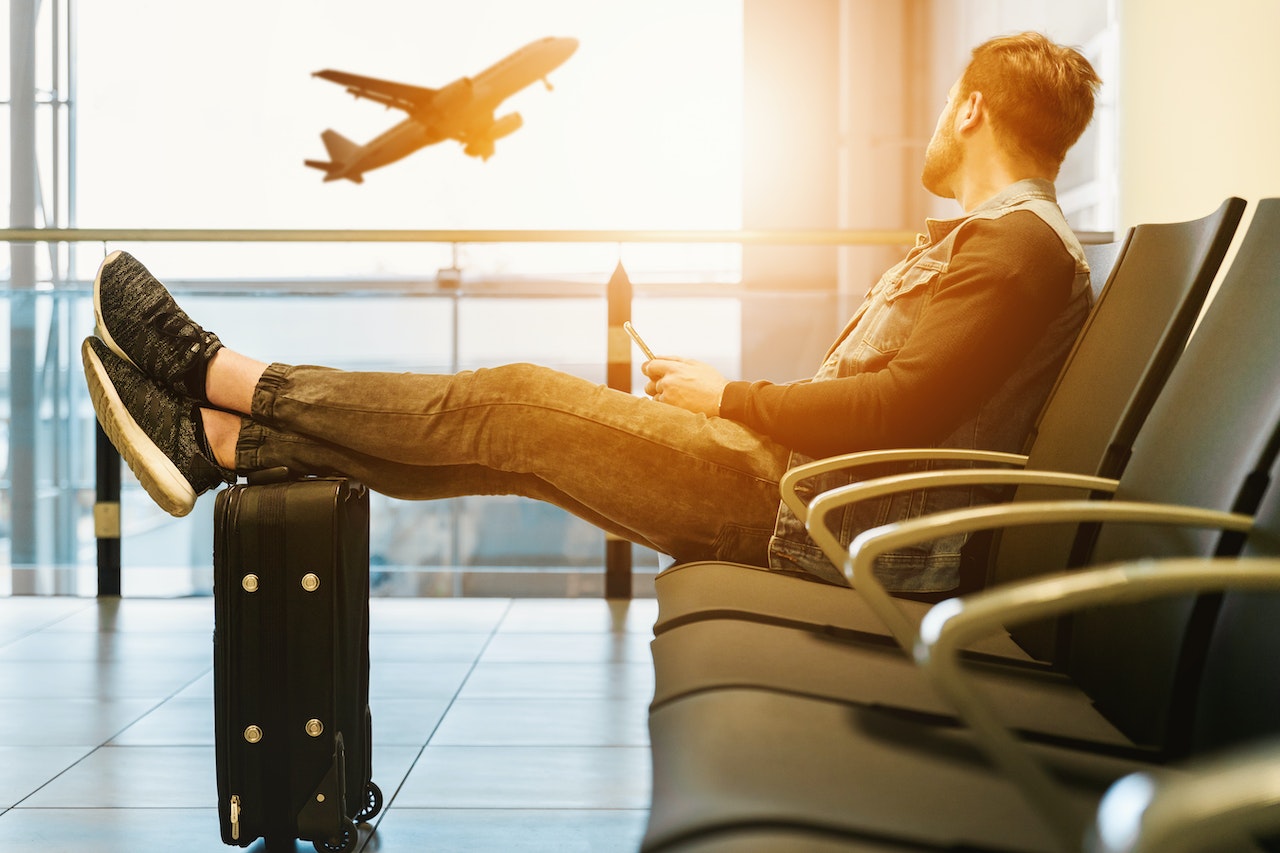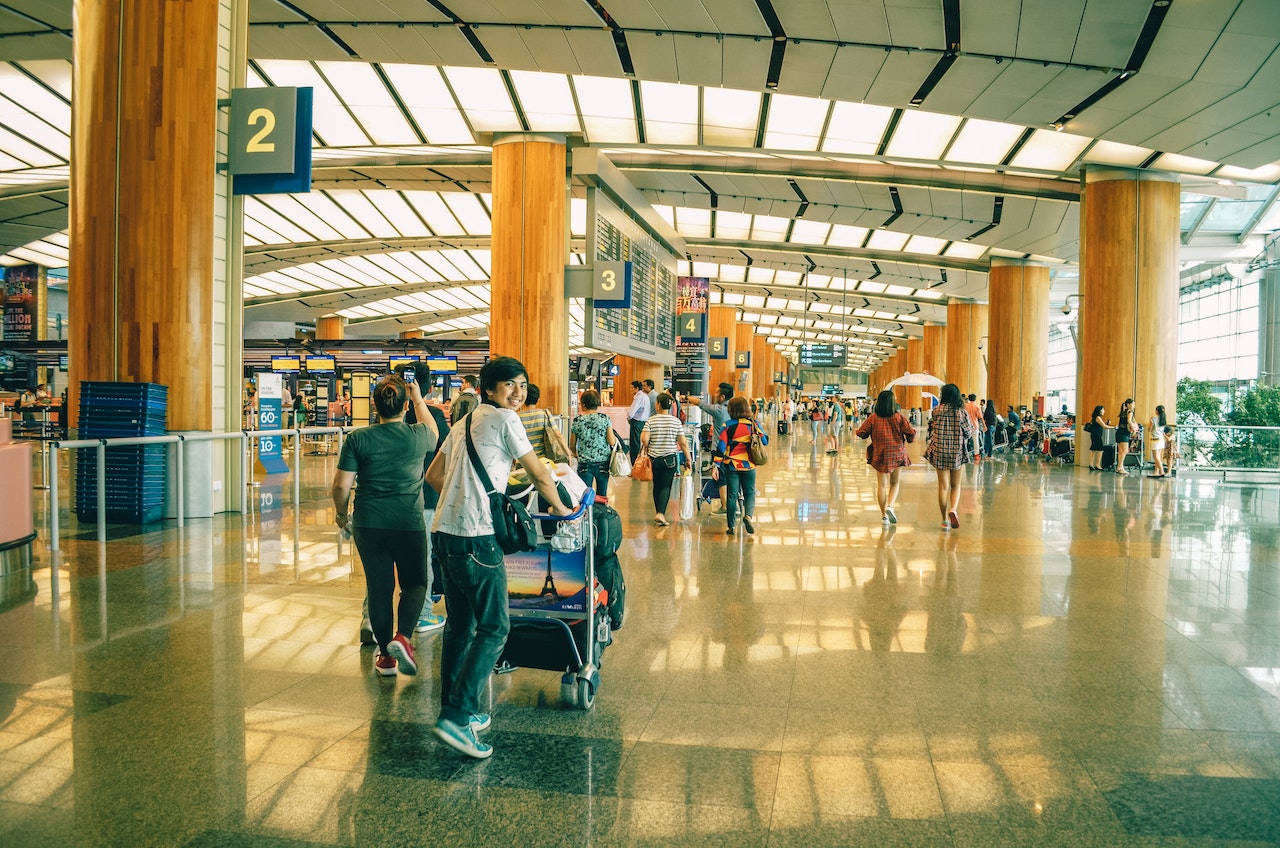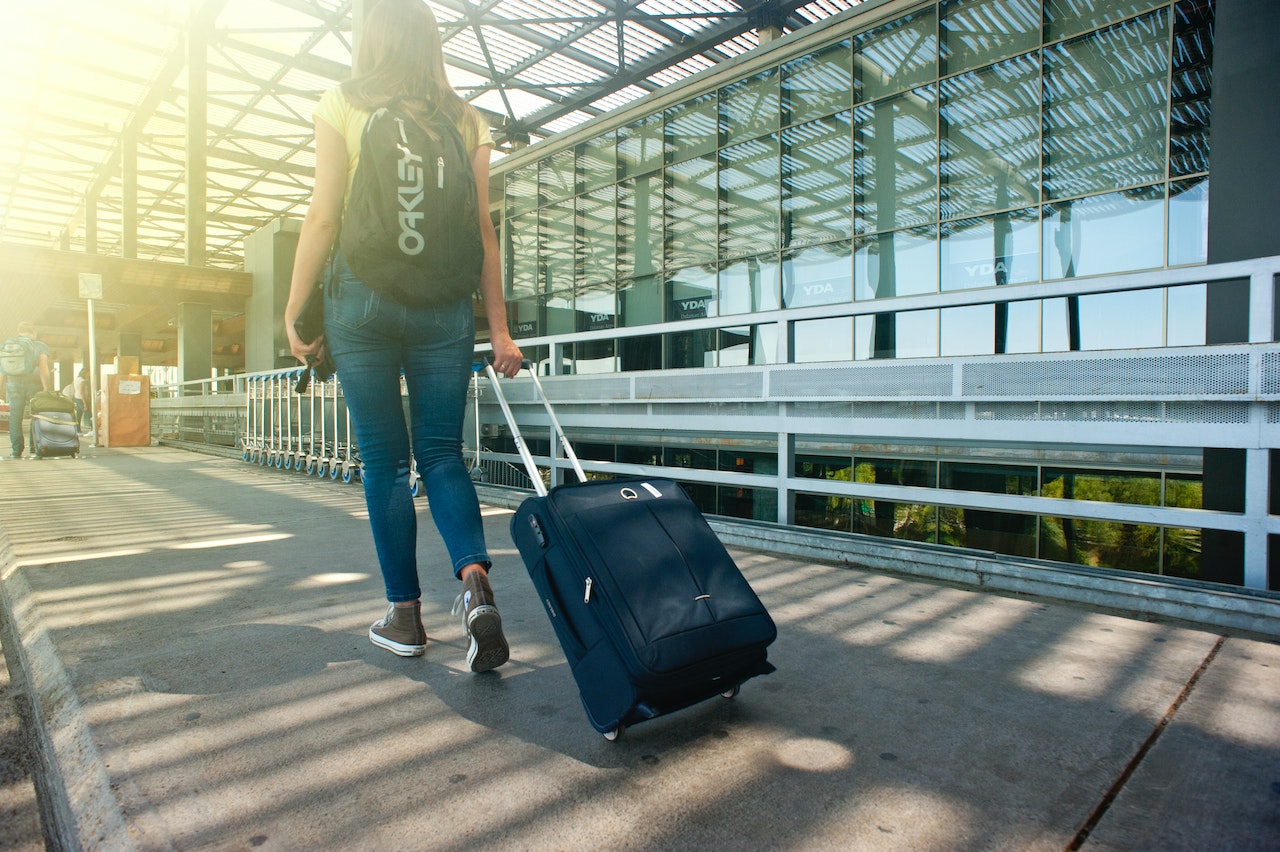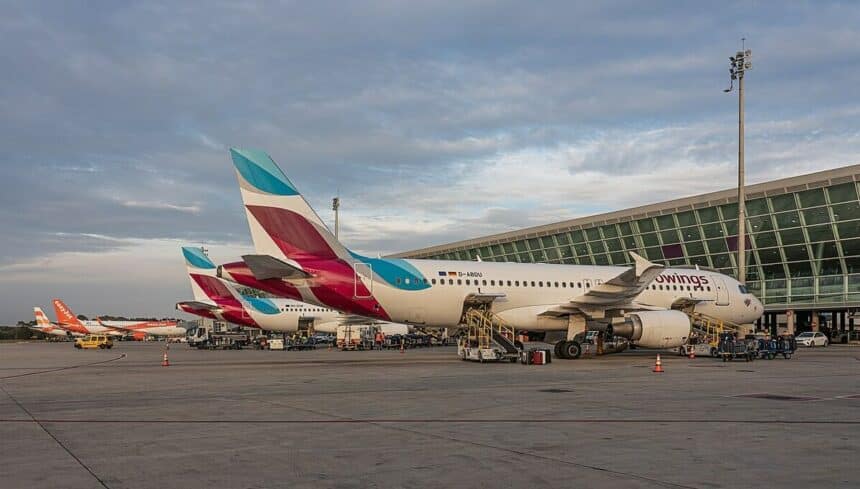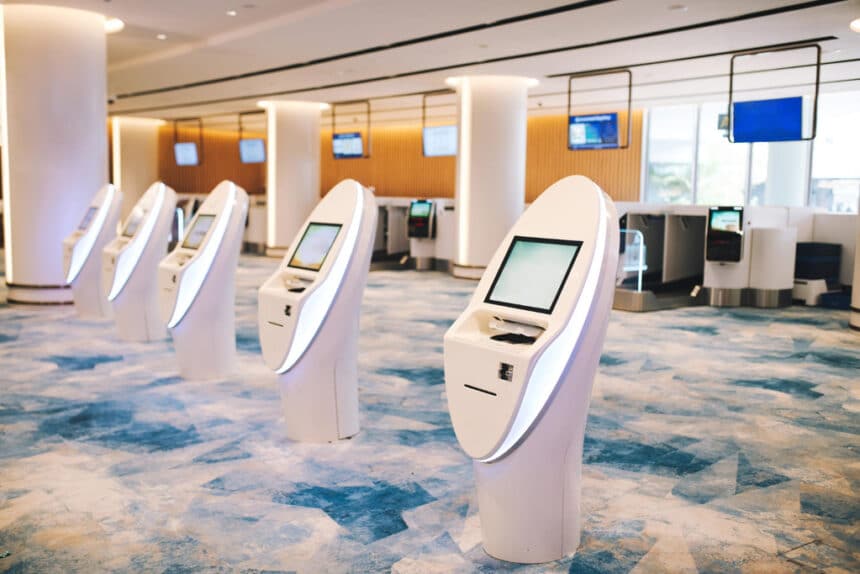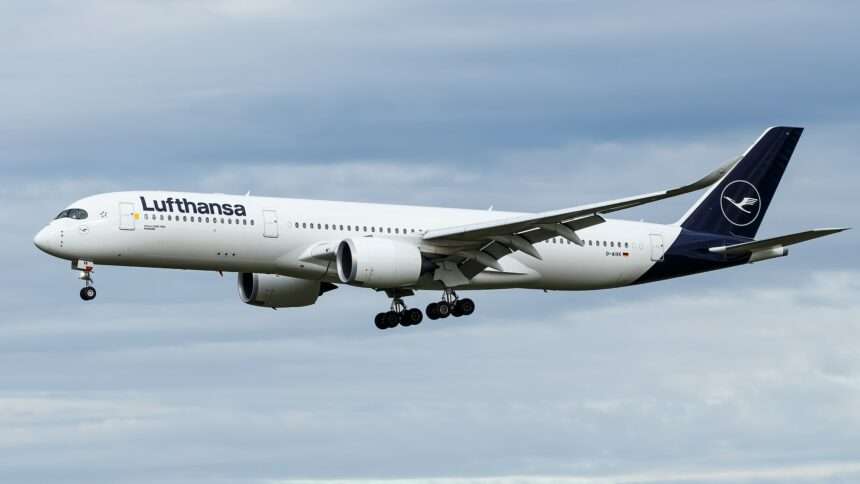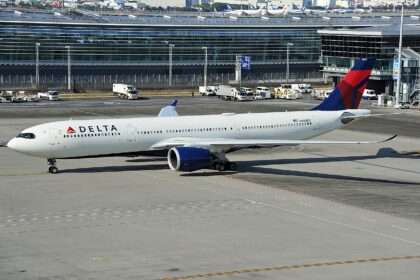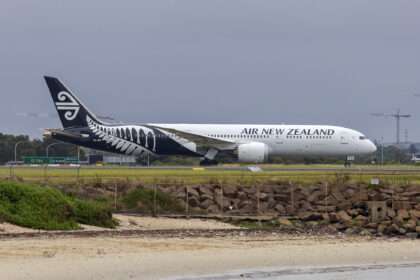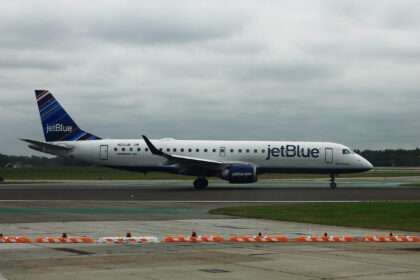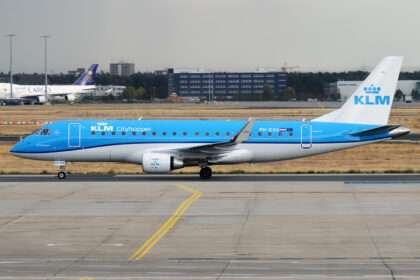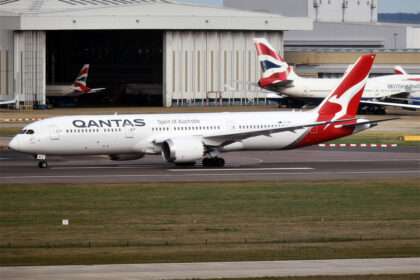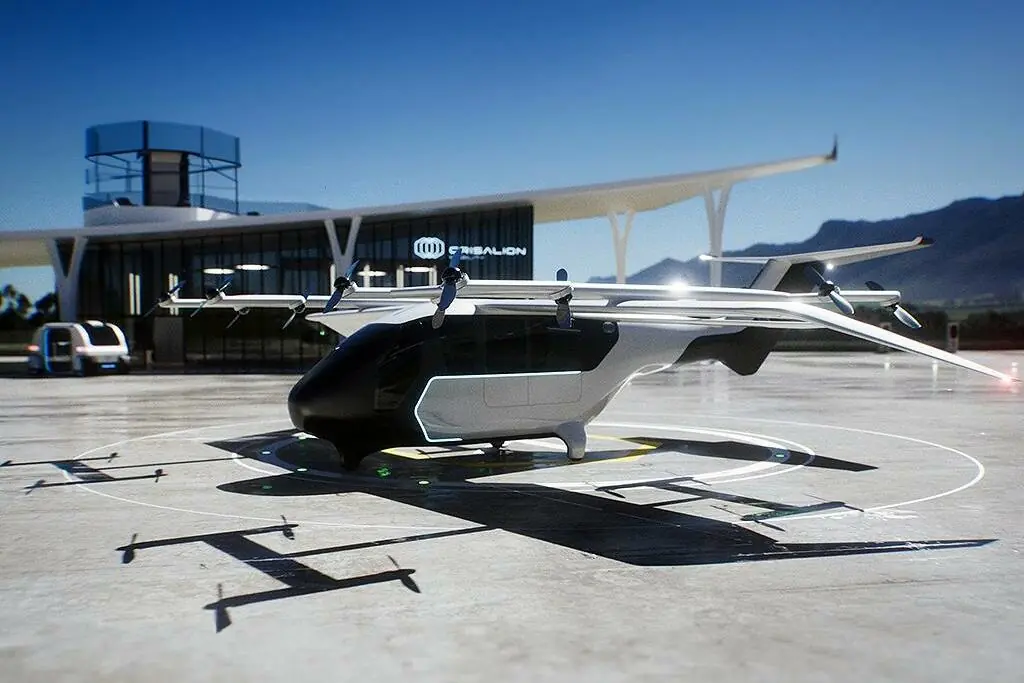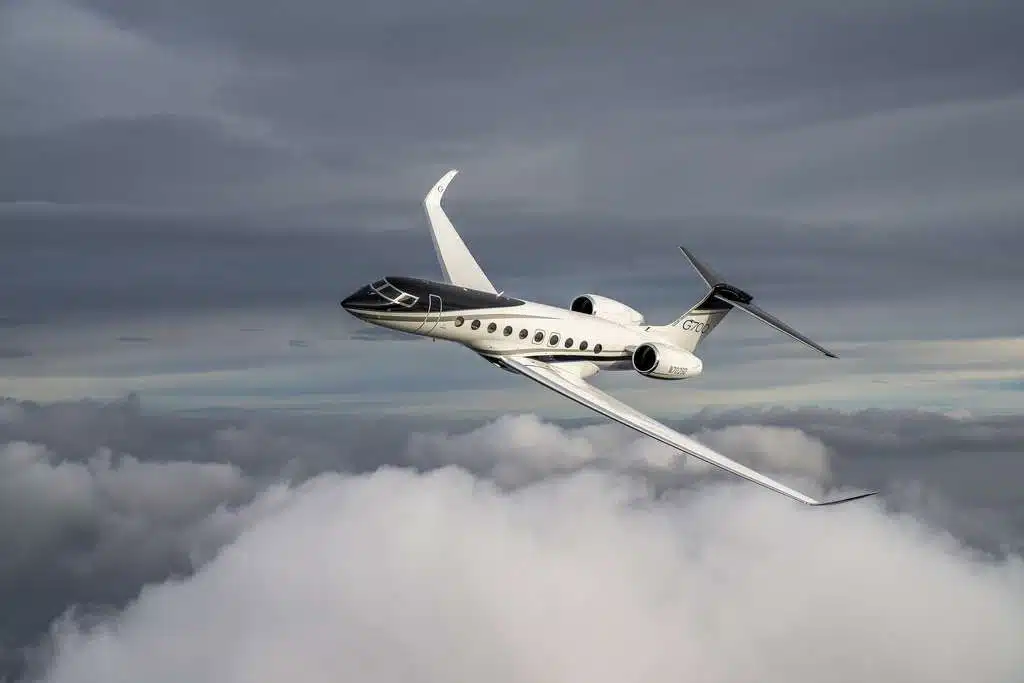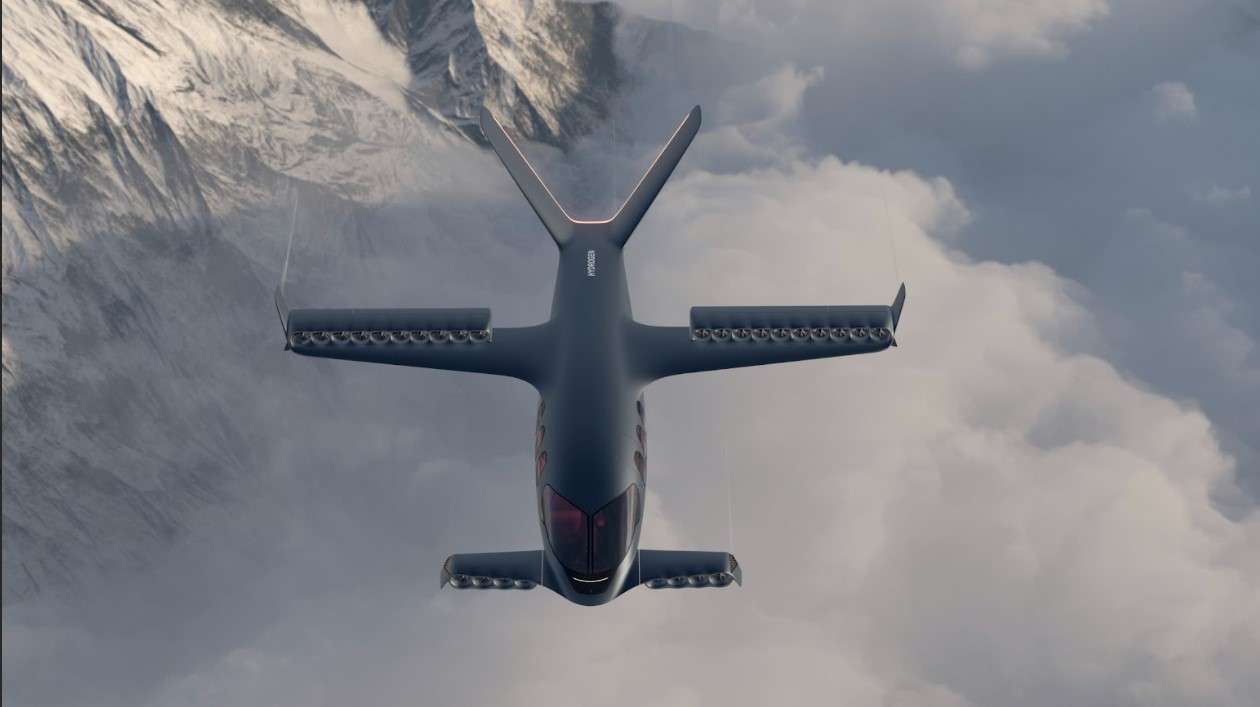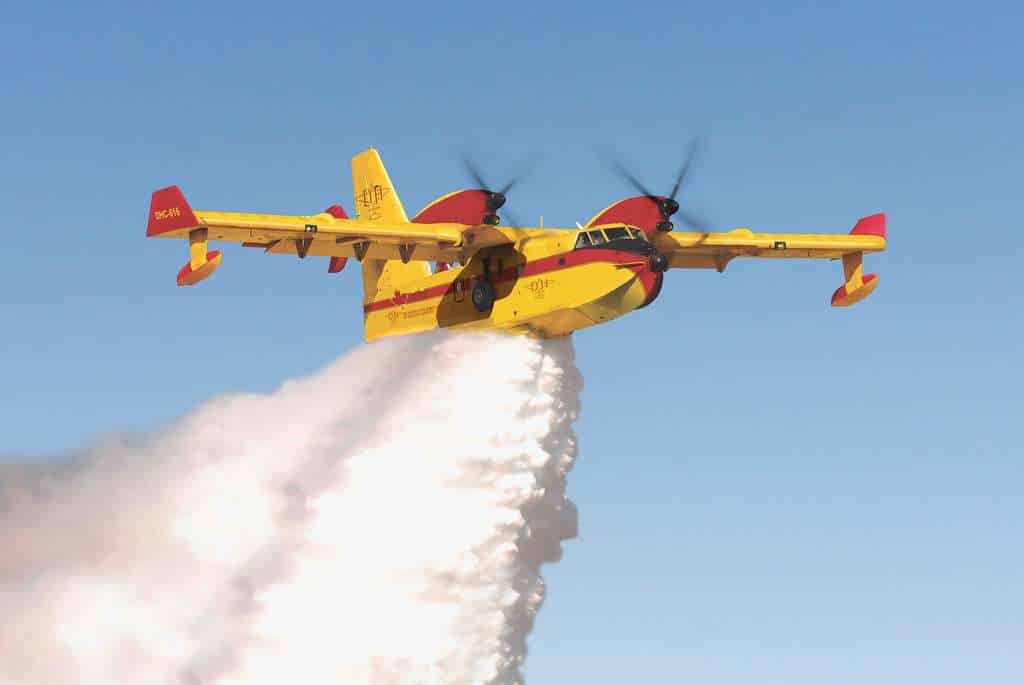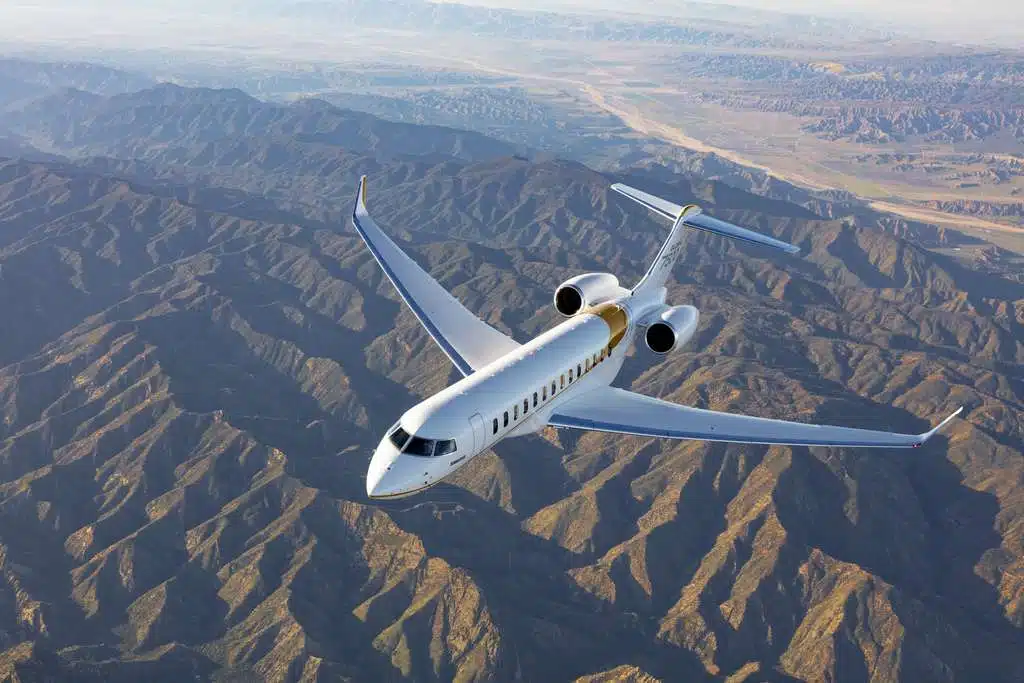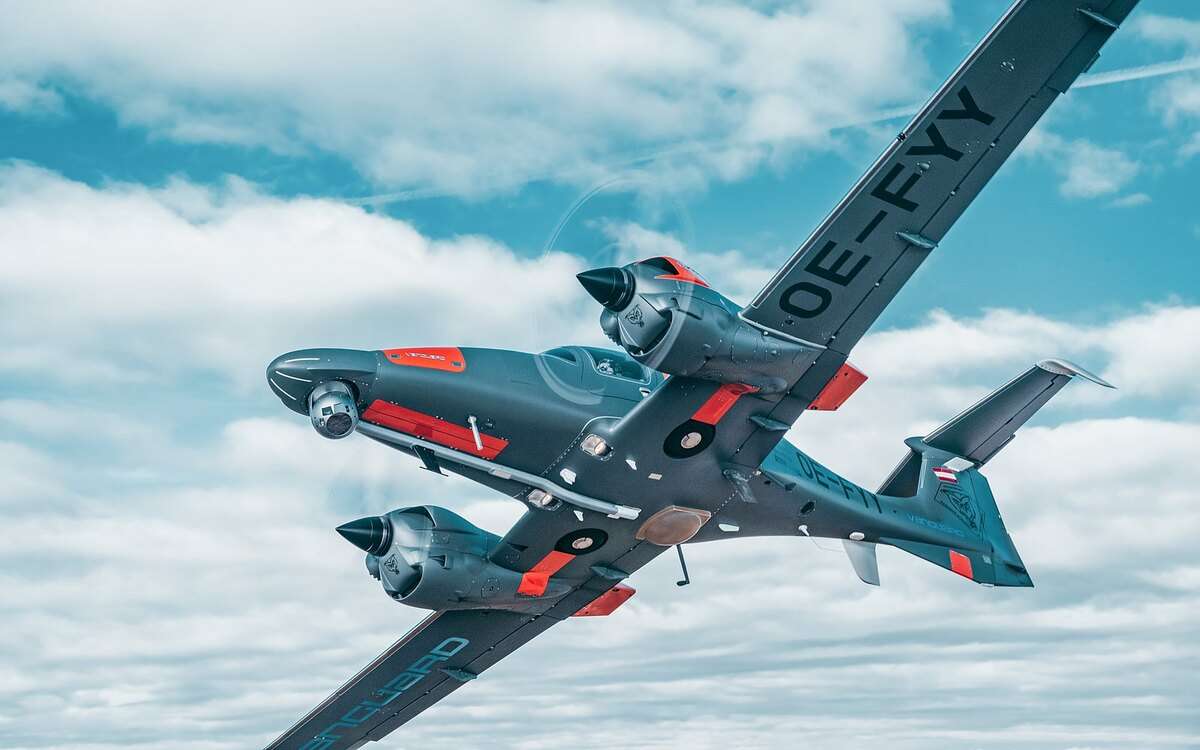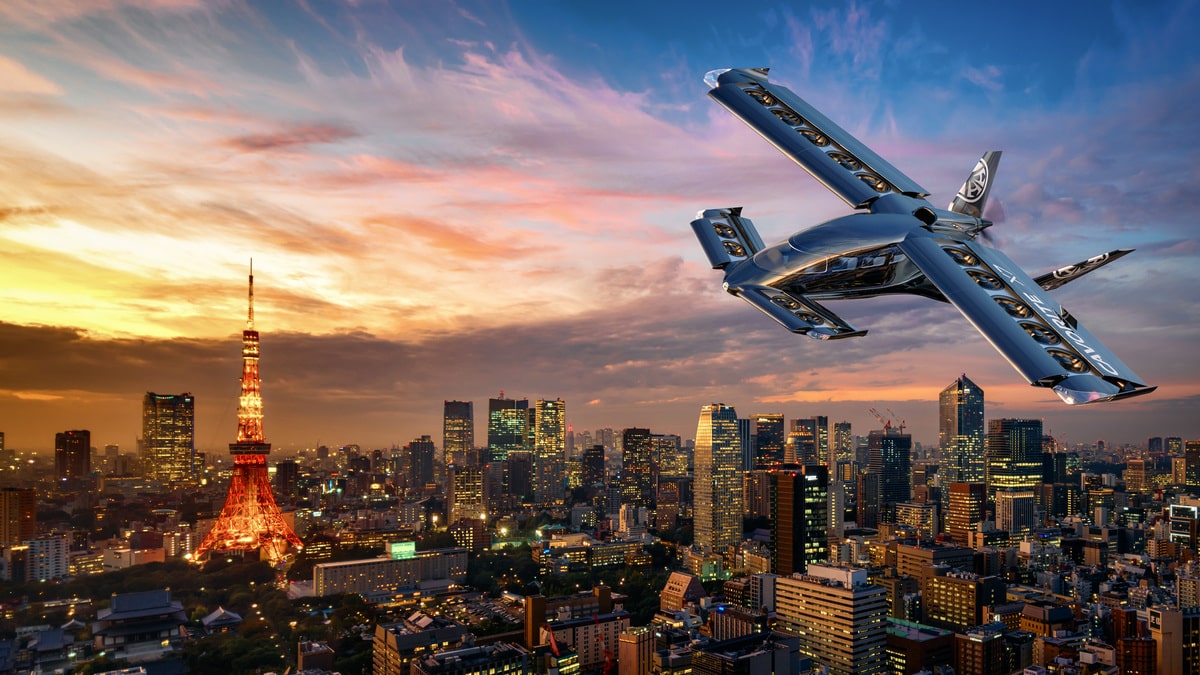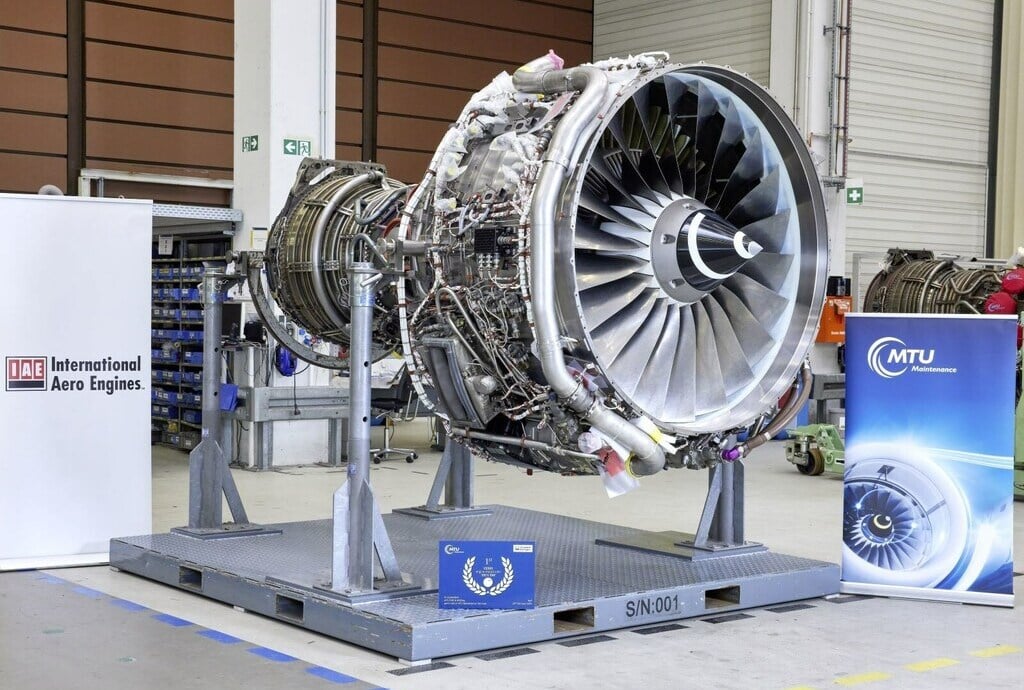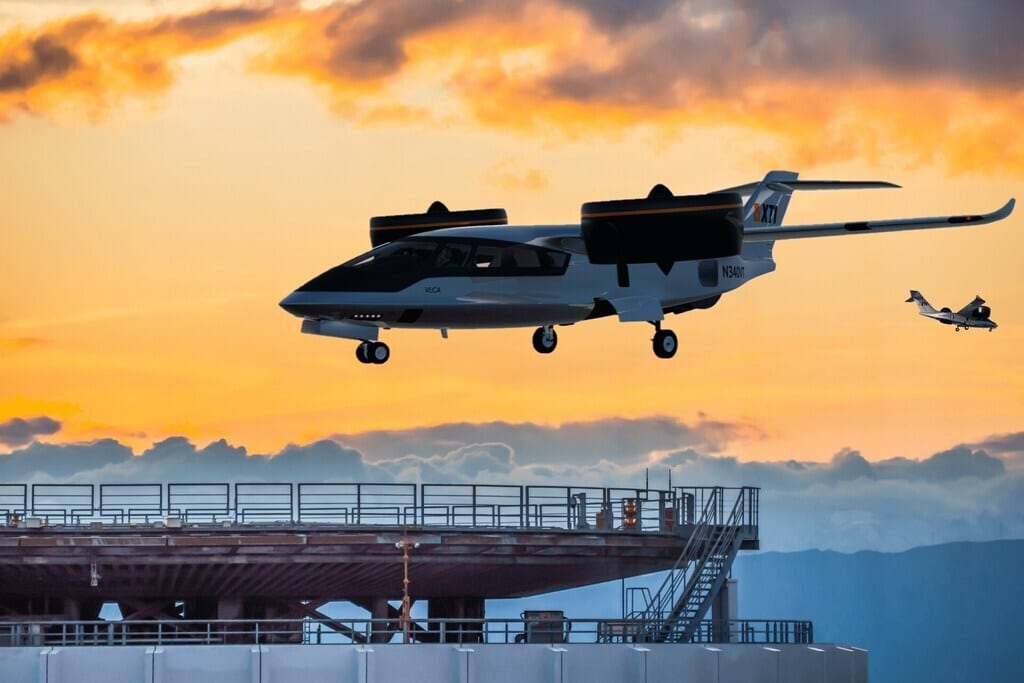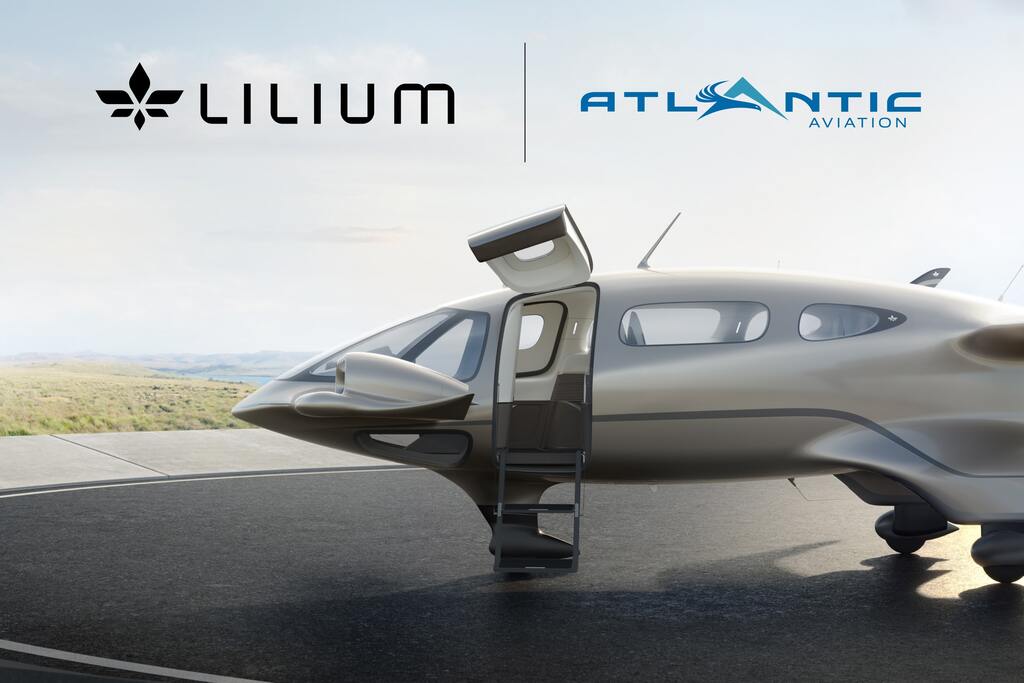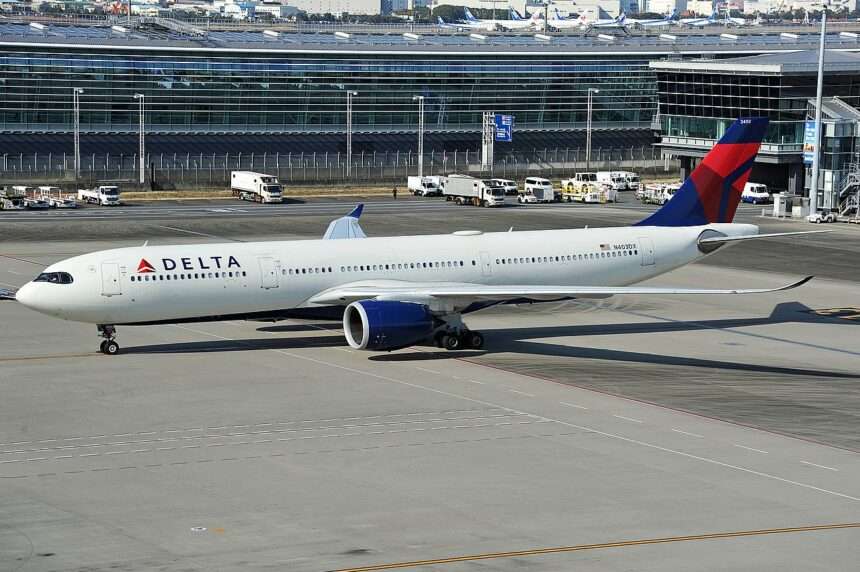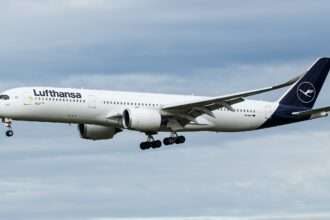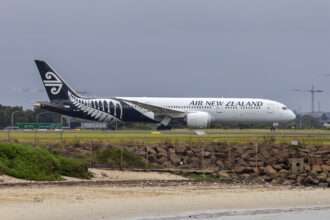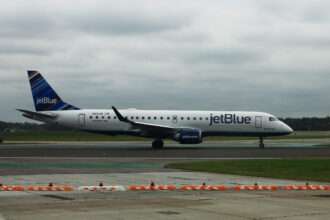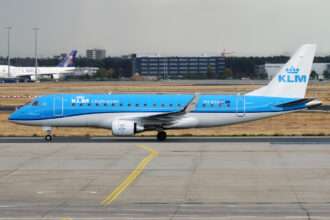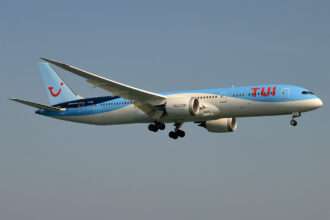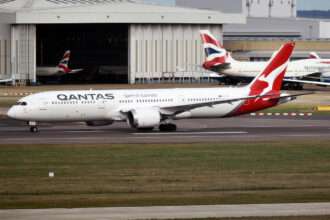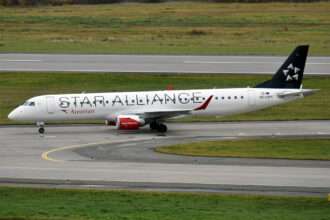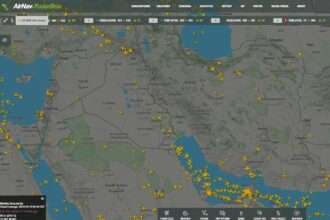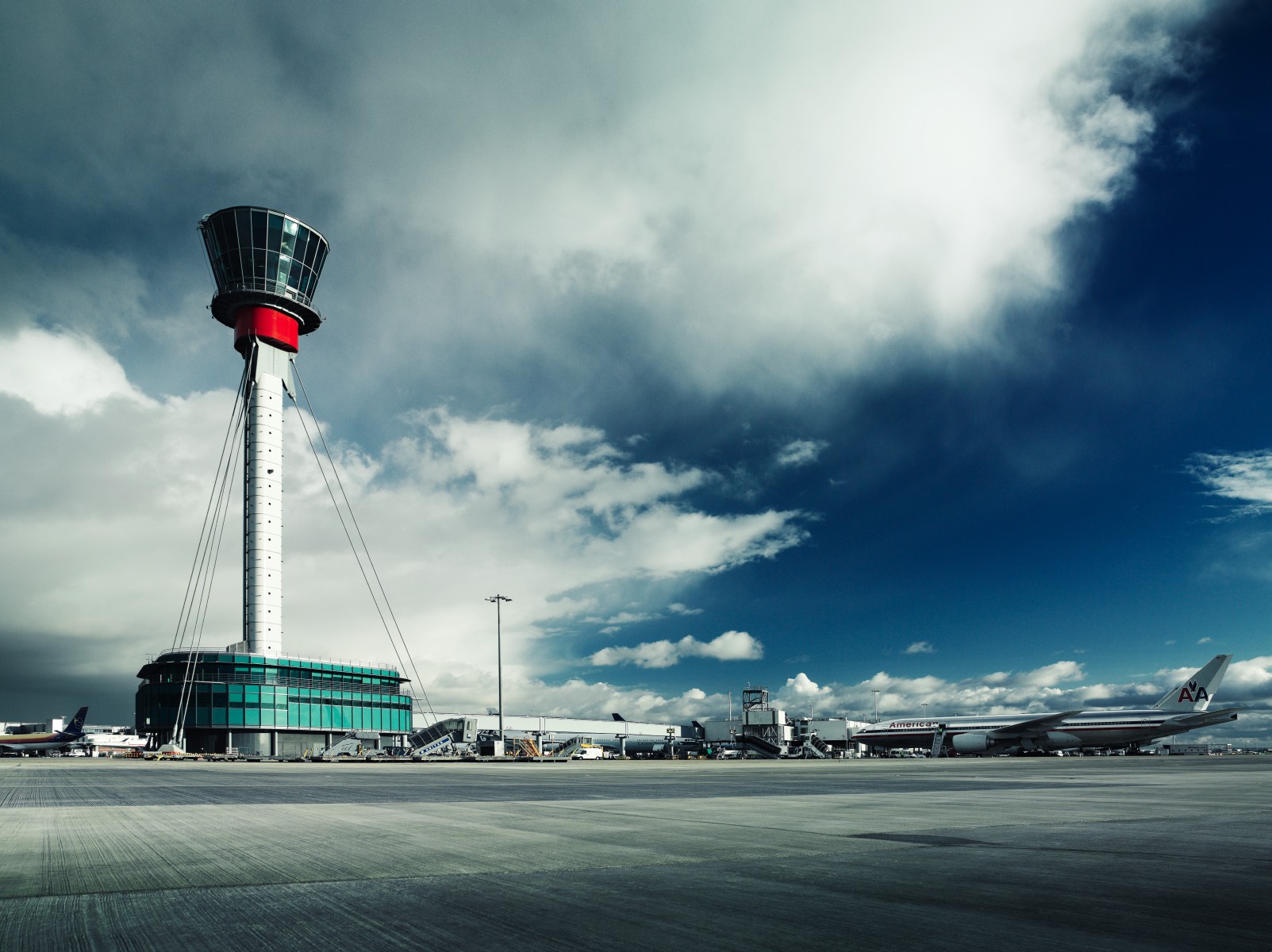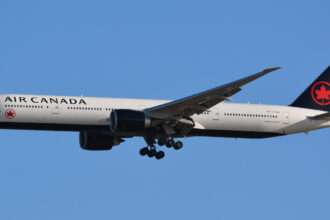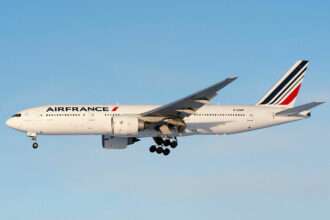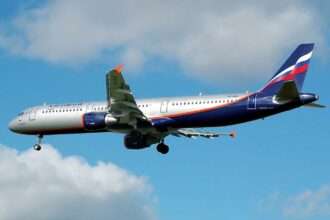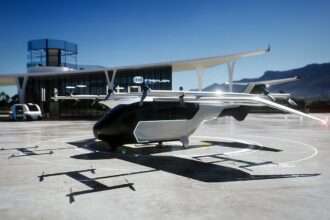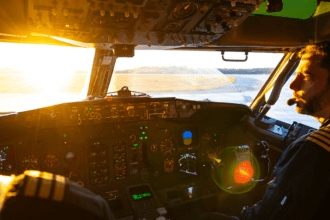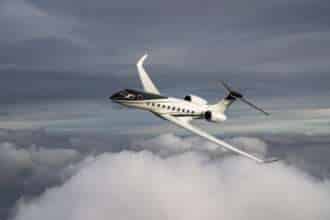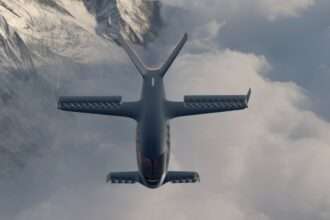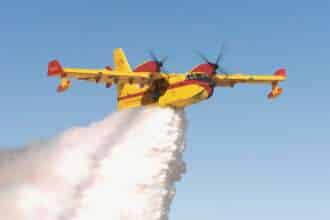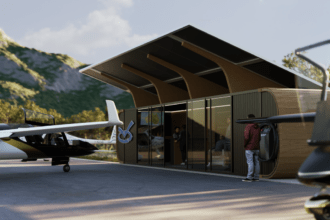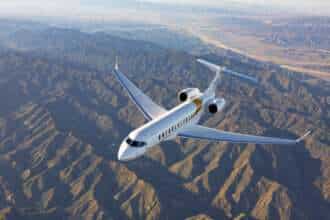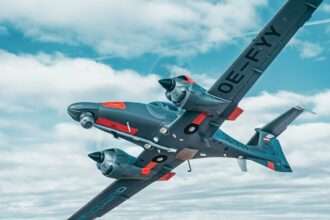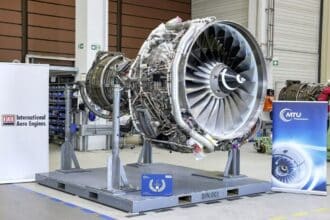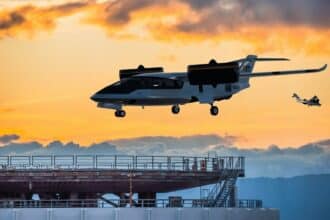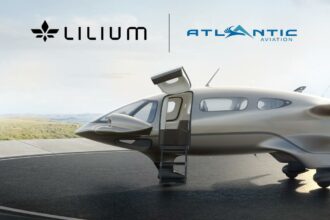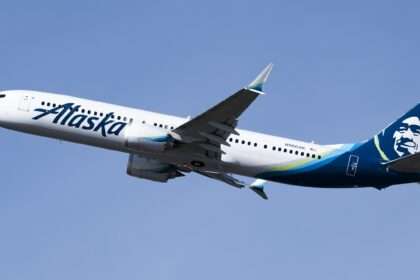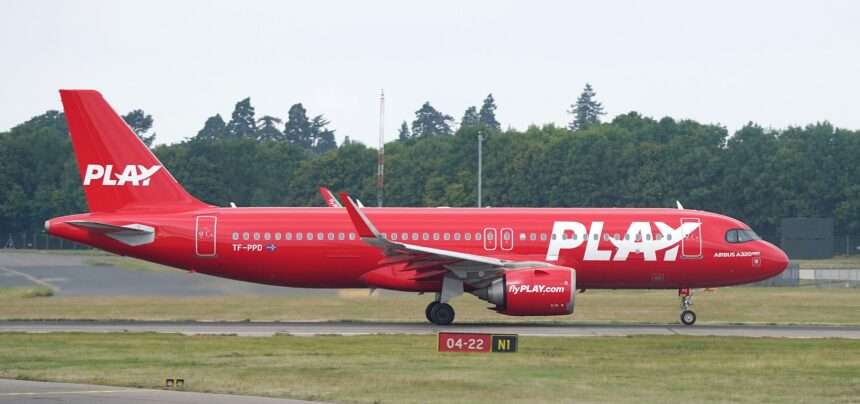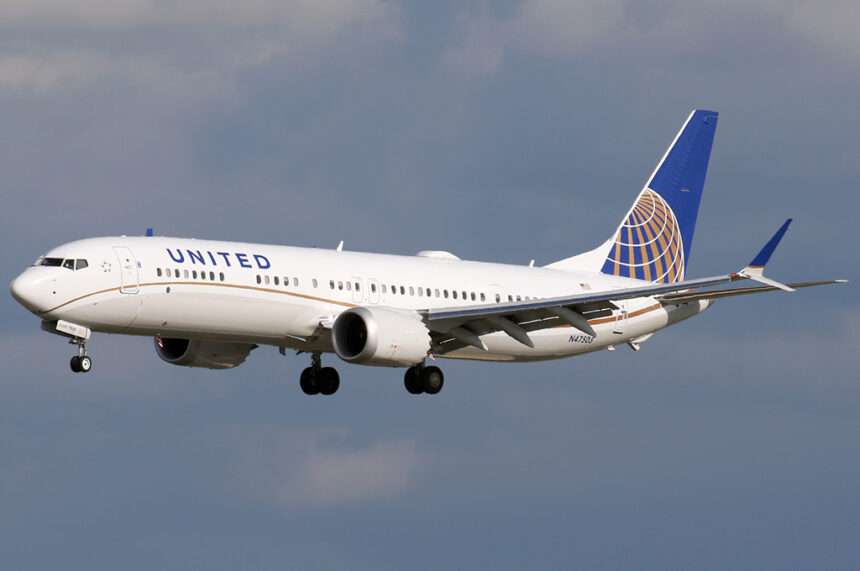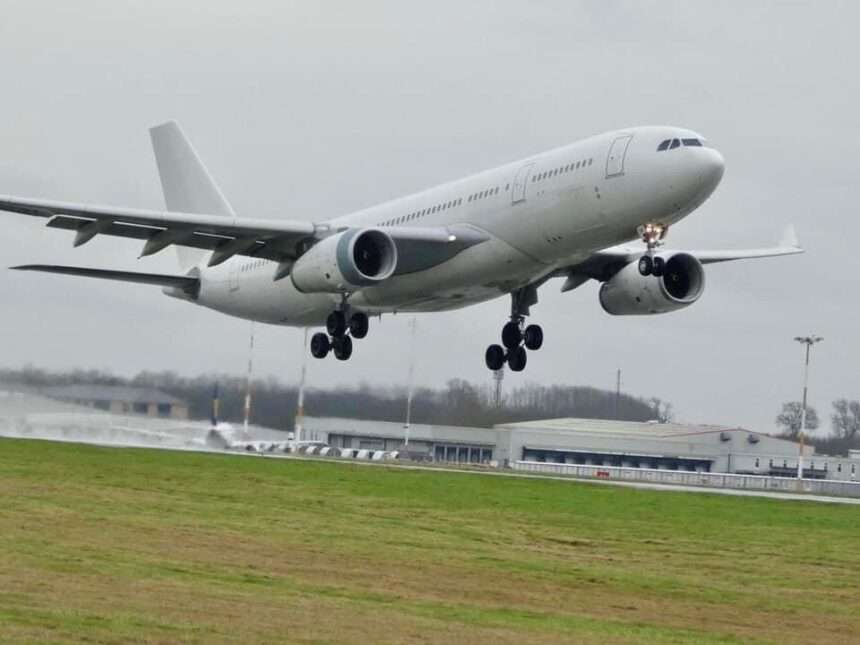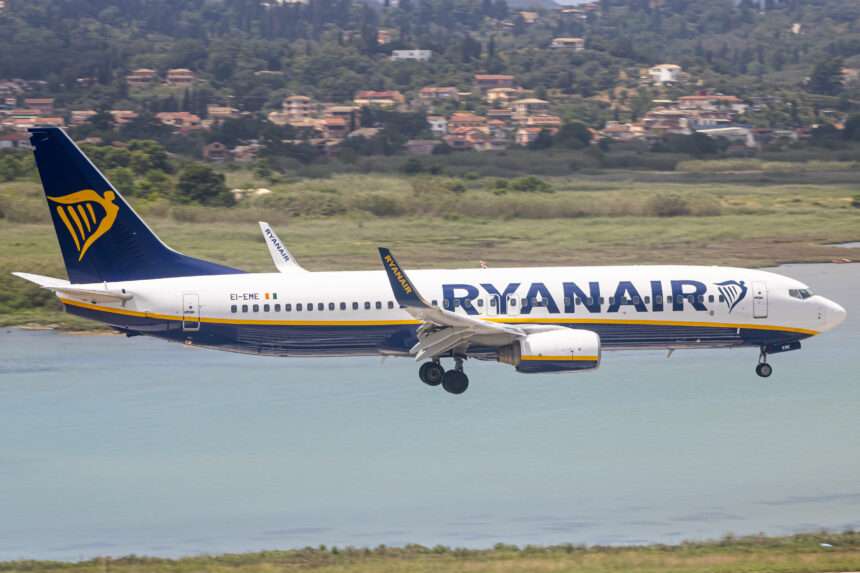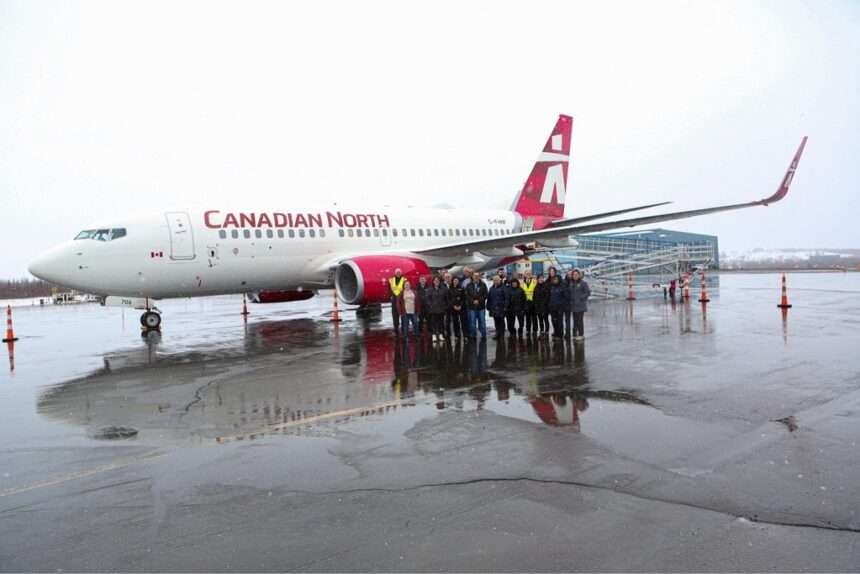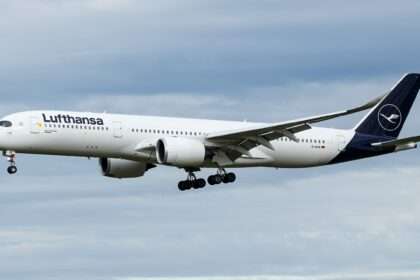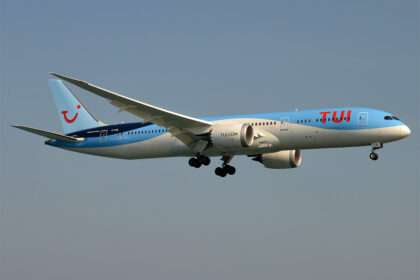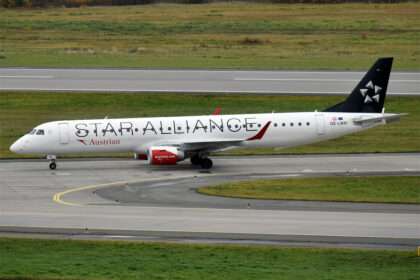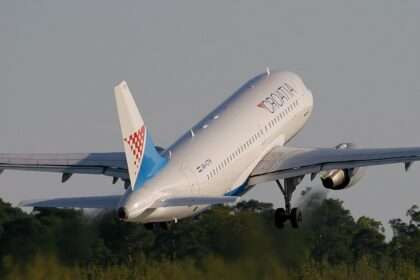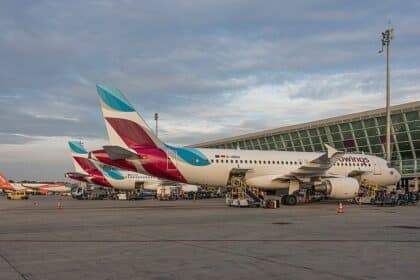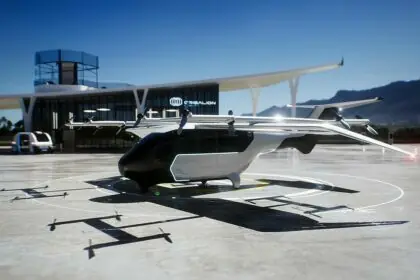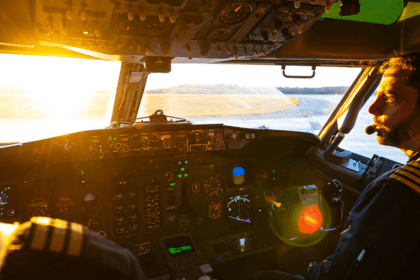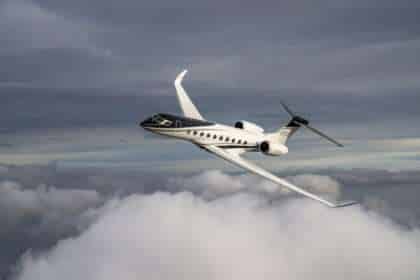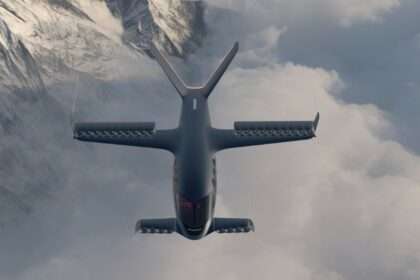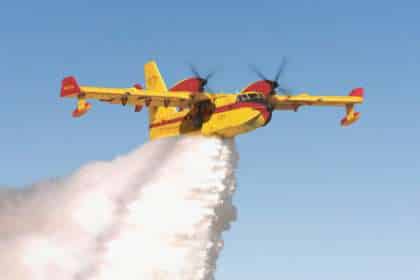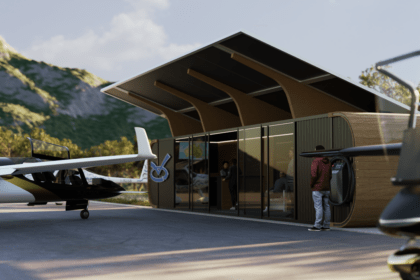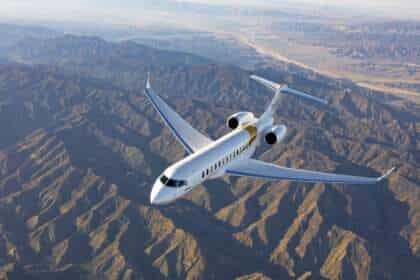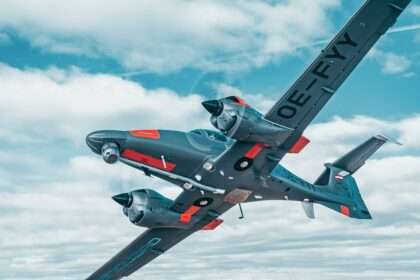Alaska Airlines Reports $132m Loss: Compensated from Boeing
Alaska Airlines has this week reported a Q1 loss of $132m, and has highlighted the compensation received from Boeing. The airline has had a shaky start to the year, which…
Latest News
Your Trusted Source for Accurate and Timely Updates!
Commercial Aviation
Cardiff Gets A Boost Through New Flights with PLAY
PLAY has this week announced plans to launch flights to Cardiff, in a big boost for the airport. The Icelandic carrier continues it's overall strategy of slow and steady growth,…
Euroairlines: Manchester & London-Cayo Coco, Holguin Flights
Euroairlines Group has this week revealed plans to operate new flights from Manchester and London to Cayo Coco & Holguin via a deal made with Iron Travel. This represents a…
Ryanair Announces Record Summer for Paris Vatry Airport
Ryanair has this week unveiled a record summer schedule for it's operations out of Paris Vatry Airport. The Irish low-cost carrier continues to announce significant expansion across Europe. Without further…
Canadian North Deploys 737-700 on Montreal-Kuujjuaq Route
Canadian North has deployed its Boeing 737-700 on the Montreal-Kuujjuaq route, replacing the older 737-400 aircraft.
Loganair Takes Delivery of ATR72-600 from Jetstream
Loganair has taken delivery of the second of two new ATR72-600 regional commuter aircraft from lessor Jetstream Aviation Capital.
Air Serbia Boosts Regional Fleet With 8th ATR 72-600 Aircraft
On 17 April, Air Serbia recently welcomed its eighth ATR72-600 aircraft YU-ASF in Belgrade, further strengthening its regional fleet.
CMA CGM Air Cargo Advances Plans With 3 B777F Freighters
CMA CGM Air Cargo will deploy two B777-200F aircraft on its new Asia-North America transpacific route, with first freighter delivery scheduled for June 2024.
Aegean Airlines Invests in 4 Extended Range A321neo Aircraft
Aegean Airlines will invest in 4 extended range Airbus A321neo aircraft in a move to target destinations beyond the EU region.
Alaska Airlines Flights Disrupted After FAA Ground Stop
Alaska Airlines flights were grounded nationwide for a brief period on 17 April after the airline requested an FAA ground stop due to an IT issue.
Delta & Aeromexico Launch New Service Between Boston and Mexico City
Delta and Aeromexico have celebrated the launch of a new service between Boston (BOS) and Mexico City (MEX) in a ceremony at Logan International Airport.
FlyArystan Acquires New Airbus A320neo Aircraft
Kazakhstan's low-cost airline FlyArystan has further its fleet expansion with the induction of a new Airbus A320neo aircraft.
KlasJet Forges ACMI Agreement With Marabu Airlines
Charter operator KlasJet will provide two Boeing 737-800 aircraft to Marabu Airlines, will will operate from Munich Airport across summer.
Ascend Airways Secures UK Air Operator Certificate
Ascend Airways, a recent addition to Avia Solutions Group stable of ACMI airlines, has now gained its UK Air Operator Certificate.
SkyUp Signs ACMI Charter Agreement With US-Bangla Airlines
SkyUp has firmed a further ACMI charter agreement, deploying 3 aircraft to Bangladesh operator US-Bangla Airlines.
Air France Unveils Advertising for Paris 2024 Olympic Games
Air France has unveiled its striking advertising campaign, as proud sponsor of the upcoming Paris 2024 Olympic and Paralympic Games.
Travel & Airshow
Croatia Prepares for Record Number of Summer Flights
Croatia's tourism appeal is on the rise, with around 70 airlines offering an impressive 517…
Stuck in the Middle: Navigating Flight Delays and Cancellations
Unpredictable flight delays and cancellations can become a nightmare for the unprepared. We look at…
Air Travel Unravelled: What are Fifth-Freedom Flights?
Established after WW2, the freedoms of the air established the rights of airlines. We look…
Air Travel During The Great North American Eclipse
This year's US spring break sees a significant number of air travelers heading to various…
Airfares in 2023: A Look at the Trends and Increases
A Cirium report reveals that economy airfares generally rose across North America and Europe in…
The Remarkable Growth of Spain’s Tourism Industry
Spain's tourism industry continues to flourish, defying traditional seasonal trends as the country witnesses a…
Which Are The World’s Most Luxurious Airports?
A recent study by AllClear has revealed which airports around the world offer the most…
Revealed: Air Travel Technology Investment Trends in 2024
The air travel industry is undergoing a surge in technology investment, according to a new…
Emergencies & Incident Reports
Lufthansa A350 Munich-Montreal Declares Emergency
In the last few moments, a Lufthansa Airbus A350 operating a flight between Munich and Montreal has declared an emergency.…
Delta A330neo London-Los Angeles Diverts to Reykjavik
In the last few moments, it has emerged that a Delta Air…
Passenger Injured on Air New Zealand 787 Denpasar-Auckland
Earlier this week, a passenger was injured on an Air New Zealand…
Southwest Flight Nearly Collides With JetBlue E190 in Washington
Yesterday, a Southwest Airlines Boeing 737 MAX nearly collided with a JetBlue…
KLM Flight to Norwich Suffers Lightning Strike Near Amsterdam
Earlier this week, a KLM flight bound for Norwich suffered a lightning…
Qantas 787 Vancouver-Sydney Diverts to Honolulu: Electrical Issue
Last Sunday, a Qantas Boeing 787 operating a flight between Vancouver and…
General Aviation
Alaska Airlines Reports $132m Loss: Compensated from Boeing
Alaska Airlines has this week reported a Q1 loss of $132m, and has highlighted the compensation received from Boeing. The…
Your Trusted Source for Accurate and Timely Updates!
Latest News
Commercial Aviation
Alaska Airlines Reports $132m Loss: Compensated from Boeing
Alaska Airlines has this week reported a Q1 loss of $132m, and has highlighted the compensation received from Boeing. The…
Travel & Airshow
Croatia Prepares for Record Number of Summer Flights
Croatia's tourism appeal is on the rise, with around 70 airlines offering an impressive 517…
Stuck in the Middle: Navigating Flight Delays and Cancellations
Unpredictable flight delays and cancellations can become a nightmare for the unprepared. We look at…
Air Travel Unravelled: What are Fifth-Freedom Flights?
Established after WW2, the freedoms of the air established the rights of airlines. We look…
Air Travel During The Great North American Eclipse
This year's US spring break sees a significant number of air travelers heading to various…
Airfares in 2023: A Look at the Trends and Increases
A Cirium report reveals that economy airfares generally rose across North America and Europe in…
The Remarkable Growth of Spain’s Tourism Industry
Spain's tourism industry continues to flourish, defying traditional seasonal trends as the country witnesses a…
Emergencies & Incidents
Delta A330neo London-Los Angeles Diverts to Reykjavik
In the last few moments, it has emerged that a Delta Air Lines A330neo operating a flight between London Heathrow…
General Aviation
Alaska Airlines Reports $132m Loss: Compensated from Boeing
Alaska Airlines has this week reported a Q1 loss of $132m, and has highlighted the compensation received from Boeing. The…





